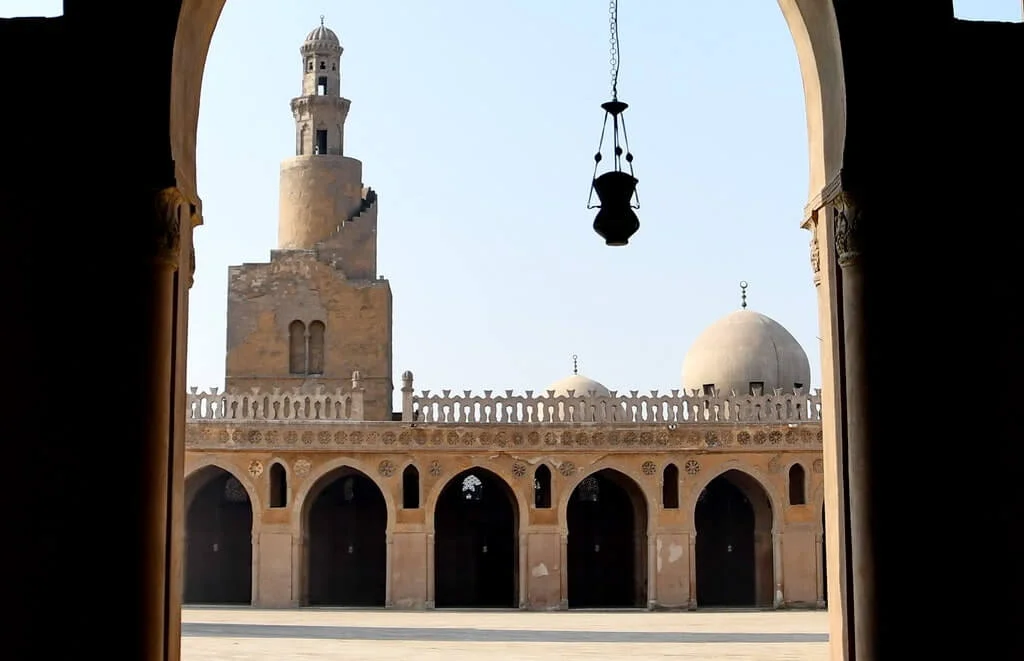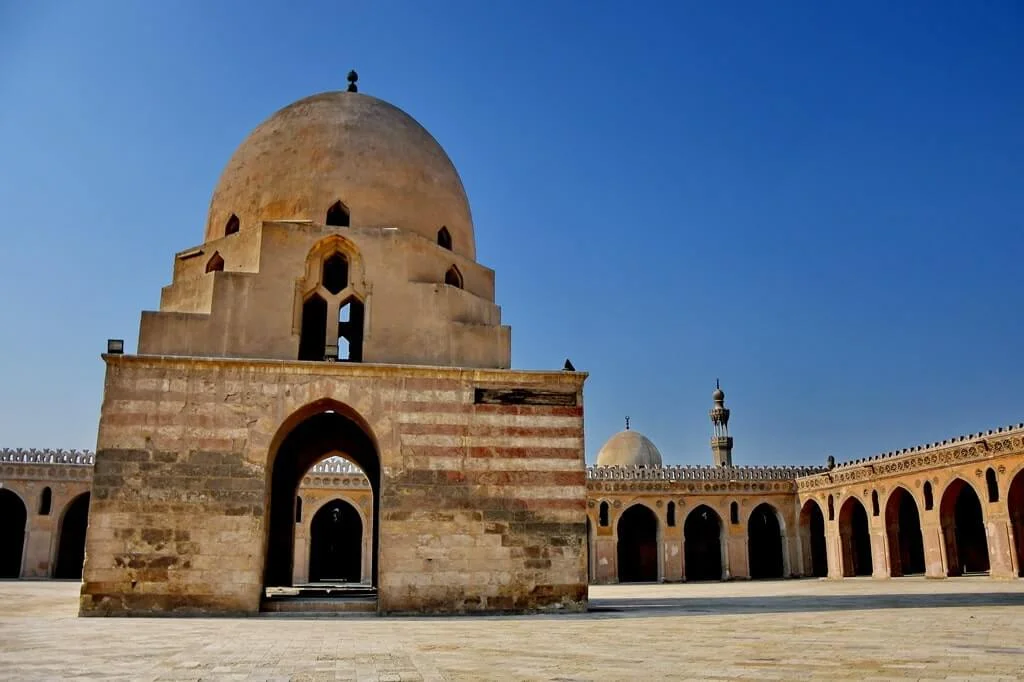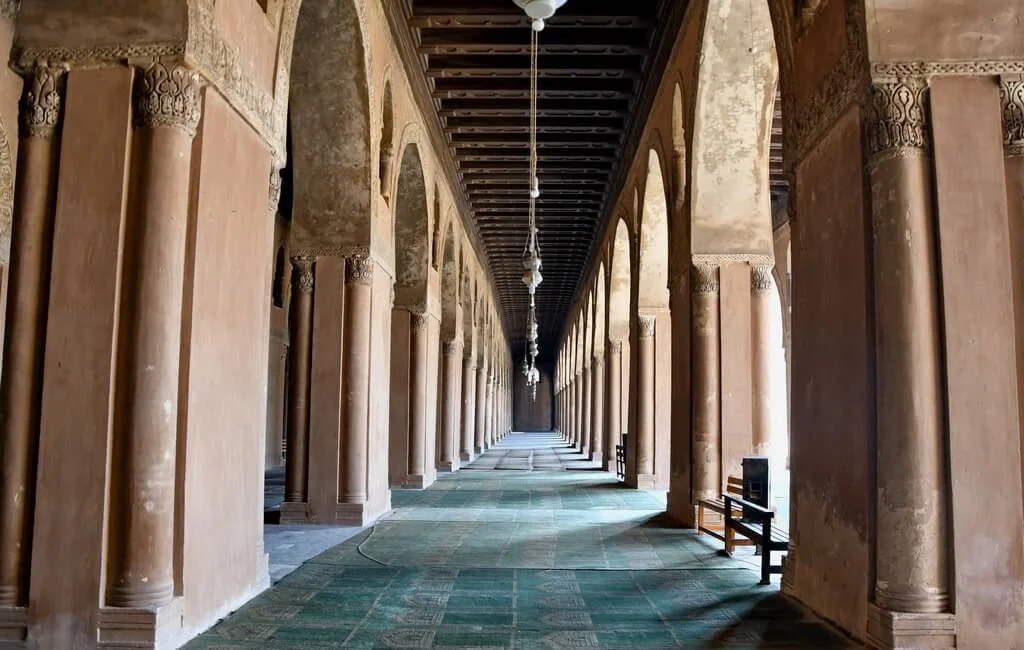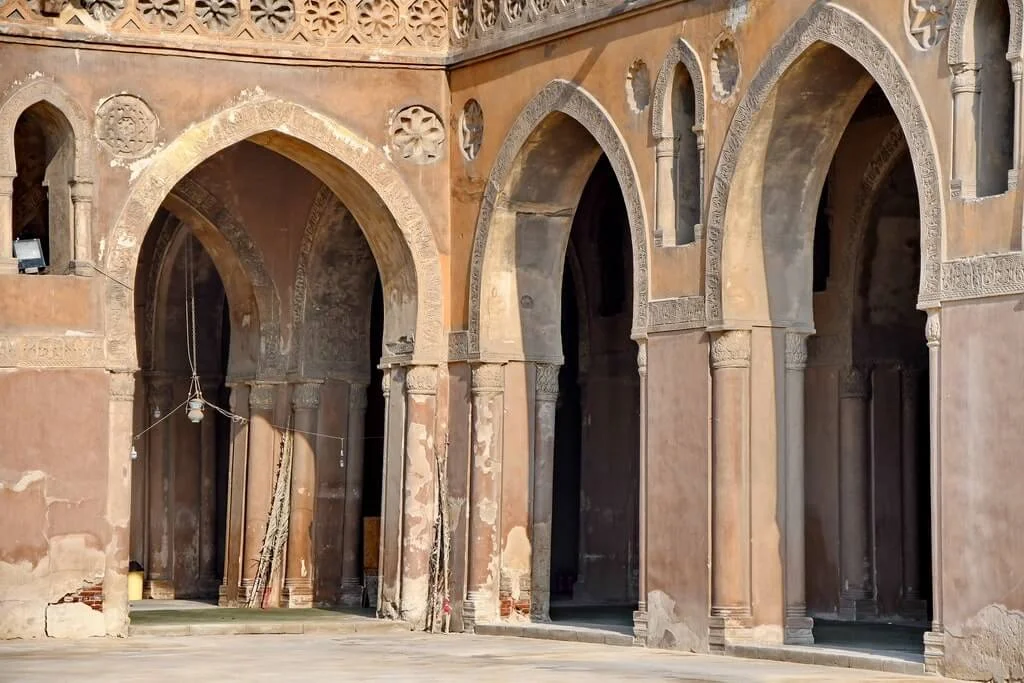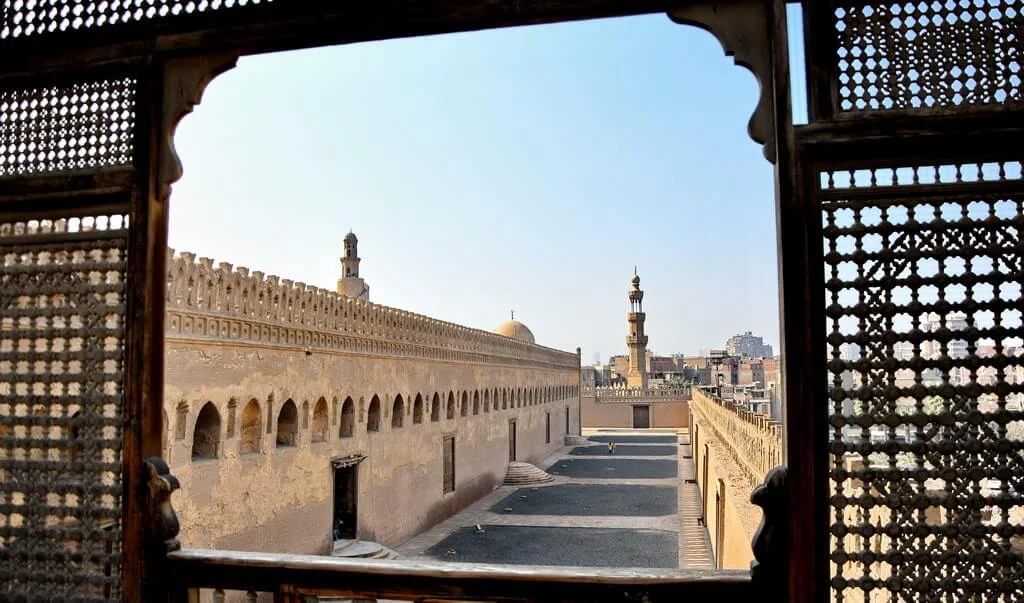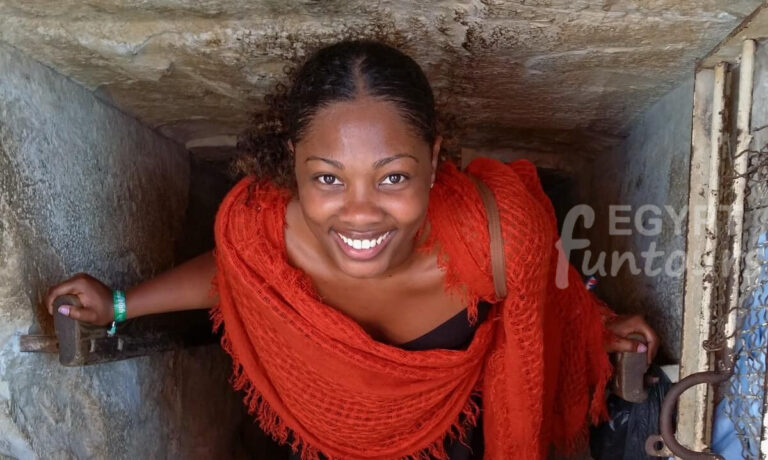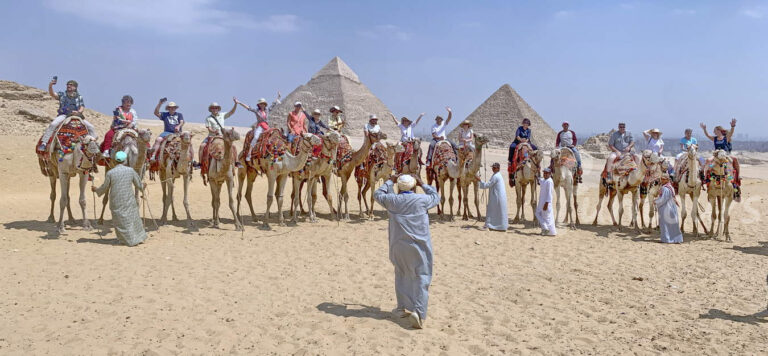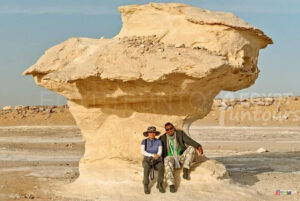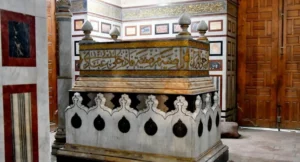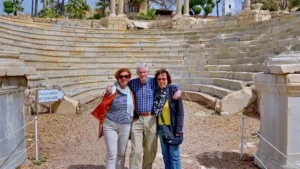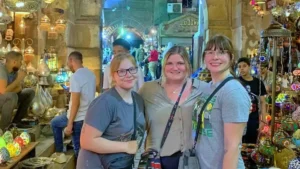Discover the Timeless Grandeur: The Ibn Tulun Mosque
The Ahmed Ibn Tulun Mosque stands as a magnificent testament to Islamic architecture in Cairo. It is not only the oldest mosque in the city that has largely retained its original form, but also the largest in terms of land area, covering an impressive 26,300 square meters. This iconic structure draws visitors in with its grand scale and unique design, offering a journey back in time to the Abbasid era.

